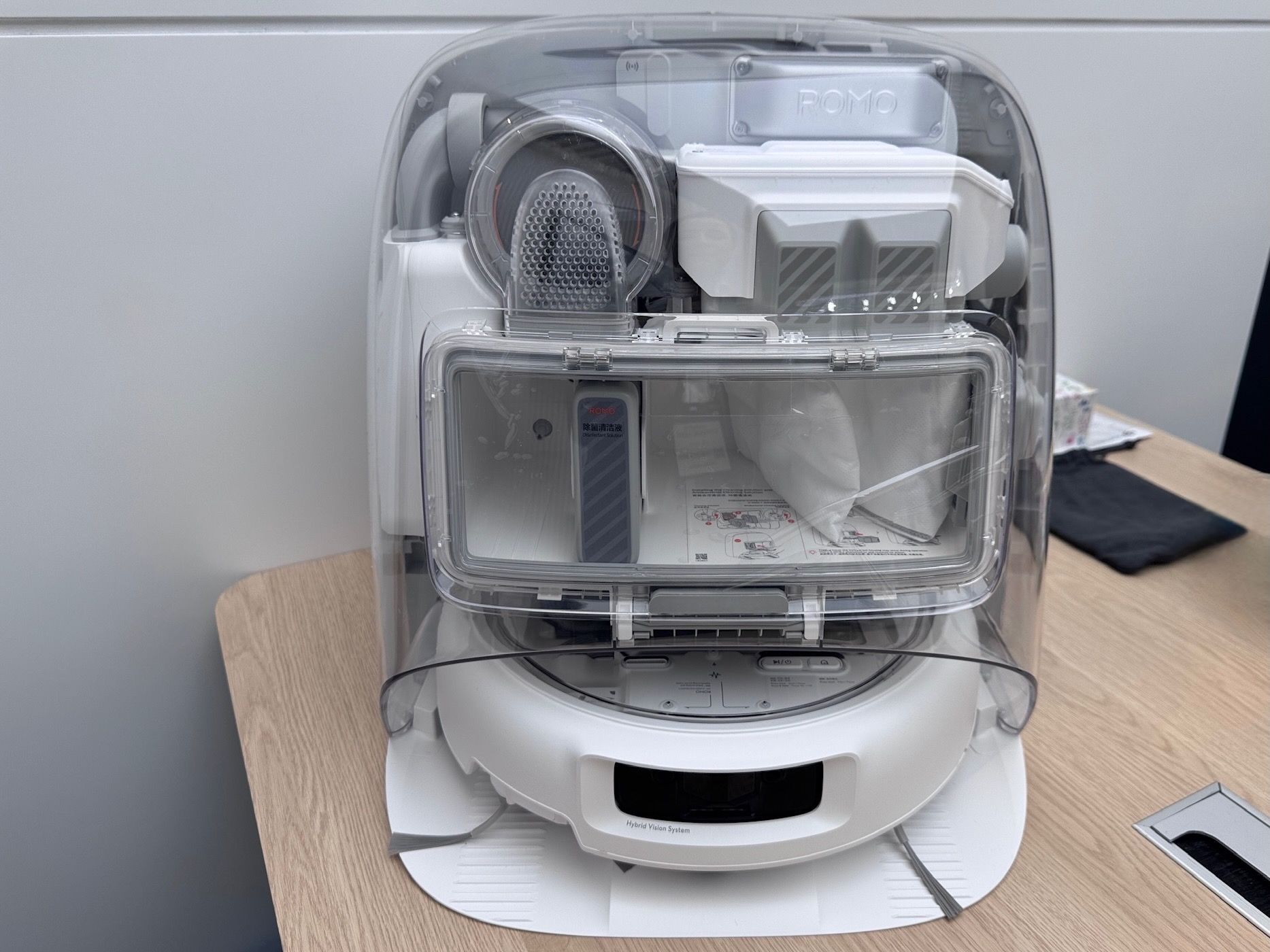In an unexpected move that caught everyone off guard, drone giant DJI has officially launched its first robot vacuum in Europe. The Romo P starts at €1,899 and features a fully transparent design showcasing the company's signature navigation technology from its flagship drones.
DJI just threw the robot vacuum industry a curveball nobody saw coming. The drone manufacturer launched its Romo robovac series across Europe today, with the flagship transparent model starting at €1,899 - a bold entry into territory dominated by established players like Roborock and iRobot.
The move represents DJI's most ambitious diversification yet, leveraging its aerial navigation expertise for ground-based cleaning. The Romo P's completely see-through design isn't just a gimmick - it showcases the sophisticated sensor array that DJI claims delivers "millimeter-level obstacle sensing technology."
The Verge's Jennifer Pattison Tuohy got an exclusive hands-on with the device at IFA Berlin, revealing hardware that borrows heavily from DJI's flagship drones. The robot combines dual fish-eye vision sensors with wide-angle dual-transmitter solid-state lidar - technology that's proven itself navigating three-dimensional airspace.
What sets the Romo apart from competitors isn't just the transparent shell. DJI claims their navigation system can detect objects as thin as 2mm charging cables or playing cards. That's a significant leap beyond Roborock's current StarSight system, which tops out at 2cm by 2cm objects.
The pricing structure tells an interesting story about DJI's market positioning. Three models span €1,299 to €1,899, with the premium entirely justified by transparency rather than functionality. The Romo A (€1,599) pairs a clear robot with an opaque base, while the entry-level Romo S (€1,299) ditches transparency entirely.
Specs-wise, all three models are nearly identical - 25,000Pa suction power, 164ml water tanks, and the same dual-spinning mop system found in Roborock's Qrevo Curv series. The similarities run deeper than surface features though. Both use split roller brushes with center gaps designed to funnel hair away from tangles, and both lift mop pads automatically when carpet is detected.
But DJI's engineering background shows in the details. The base station features a sophisticated sound-suppression system with muffler ducts and chambers that reduce the typical screeching of self-emptying stations by 80%, down to just 65 decibels. The P model even includes a dedicated slot for "floor deodorizer solution" alongside standard cleaning products.












